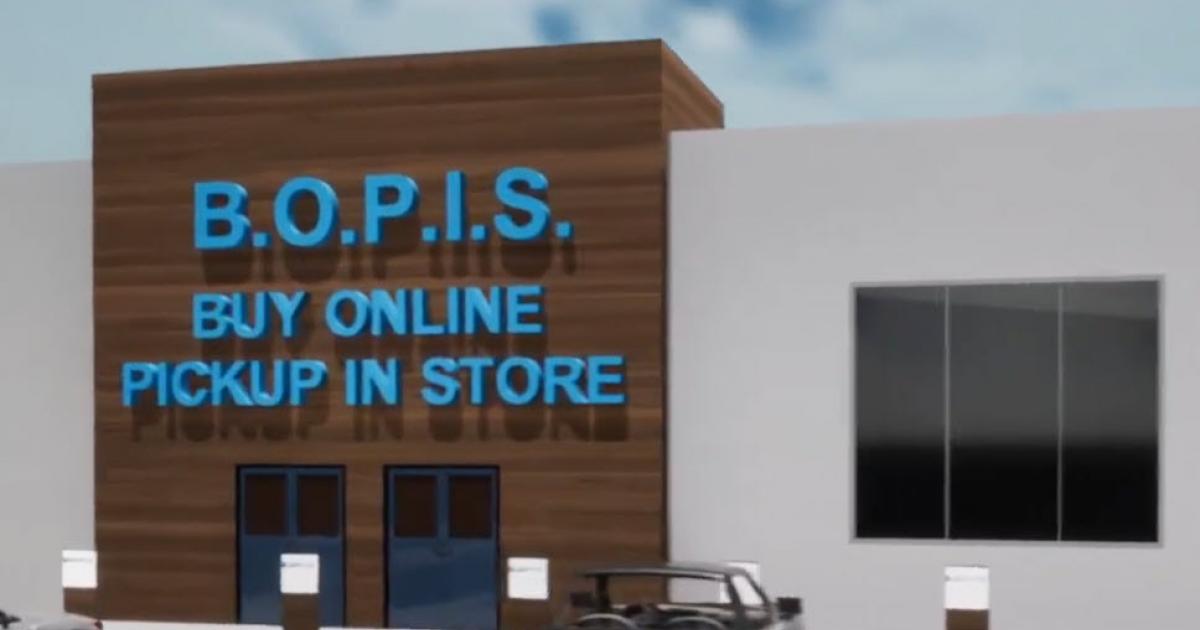As omni-channel strategies continue to gain acceptance and adoption among retailers, the importance of store access has achieved greater importance as retailers hone their respective distribution capabilities. Free-standing net lease retail is arguably best positioned for the changes in the retail world as the real estate attributes of these assets offer the highest-level of touch points for consumers and an improved distribution model for retailers.
Despite rising e-commerce growth, the free-standing retail box affords consumers with enhanced convenience given the ability to procure and return items in an expedited fashion. While consumer preference favors seamless product delivery, retailers and logistics companies continue to struggle toward the most efficient and economic means of distribution. The utilization of stores as micro-fulfillment centers helps solve this issue by eliminating the last mile of delivery, which is one of the most cost prohibitive components of product distribution and limits profitability of e-commerce retail.
While brick & mortar stores remain an essential component of the 21st century retailers’ omni-channel capabilities, store access evolution will be necessitated given the need to fulfill orders in both traditional & non-traditional fashions. Walmart (NYSE: WMT), being one example of a leading omni-channel retailer, has a unique advantage relative to peers given the format of its Supercenters. Given that the company has over 150 distribution centers, a “fleet of 6,100 tractors, 61,000 trailers and more than 7,800 drivers“, the company’s logistics operations are a vital component of its ability to execute its omni-channel capabilities. As such, having free standing stores offers the company the ability to effectively manage their supply chain and fulfill BOPIS (Buy On-line Pick-up In Store), curbside pickup, and traditional store visits concurrently.
While the integration of last mile solutions in the store were gaining traction pre-pandemic, greater requirements around social distancing & store closures have necessitated a greater shift in fulfilment solutions. By June 2020, US households using online grocery more than doubled in roughly a year to the ~35% range. Additionally, retailers such as Walmart (97% y/y e-commerce sales growth in 2Q 2020), Target (NYSE: TGT) (~200% y/y digital comparable sales growth) & Amazon (NASDAQ: AMZN) (200% y/y growth in online grocery sales) exhibited substantial demand that necessitated creative solutions including a pull-forward in BOPIS & curbside pickup strategies/utilization. Furthermore, for Target, same-day services (Order Pick Up, Drive Up and Shipt) increased 273% y/y, further validating the demand and necessity of integrated e-commerce including robust same-day delivery capabilities. As such, a free-standing format presents the best solution given the need for convenient parking and curbside access for fulfilment. Furthermore, the net lease structure provides the tenant with control of the parcel and allows for quick & efficient implementation of such initiatives.
Given that store closures were mandated during the pandemic, the ability to continue to facilitate orders via curbside pickup became a saving grace for retailers. Best Buy (NYSE: BBY) leaned heavily on curbside pickup in March 2020, resulting in a more than 240% y/y increase in 2Q 2020 online sales. This allowed the retailer to effectively utilize its store as a distribution center when it was nearly impossible to operate under normal retail conditions, while also providing consumers with both a safe & faster delivery of products.
As with BOPIS, the utilization of in & out of store locker pickup presents another alternative to supplement traditional retailer store operations. That said, this tailors more so to specific non-perishable goods. Given the challenges in fulfilling last mile orders, lockers present another viable means for safe & efficient delivery. Additionally, lockers likely have a synergistic benefit for physical real estate as they arguably drive traffic to the store; we note that since Whole Foods was acquired by Amazon in 2017, “micro-visits” to stores that included Amazon Lockers increased 11%, whereas stores without a locker increased 7%, comparatively.
The importance of access accelerated during the pandemic and will continue to do so post-pandemic. Retailers with free-standing net lease locations have the greatest flexibility to win by providing customers the shopping experience of their choice while maintaining the flexibility to drive down costs at every level.
(C) 2021 Benzinga.com. Benzinga does not provide investment advice. All rights reserved.


